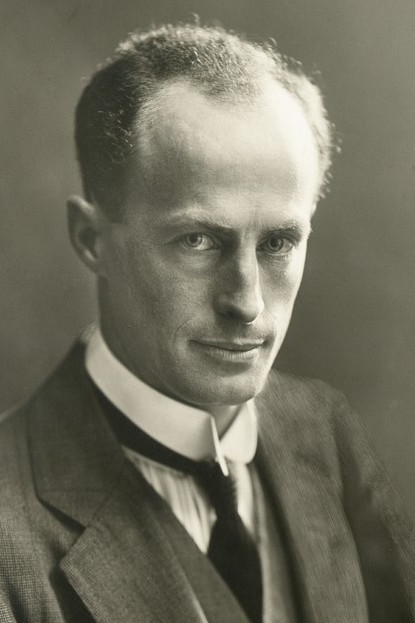Difference between revisions of "Template:Westarctica.wiki:Today's featured article"
Westarctica (talk | contribs) |
Westarctica (talk | contribs) |
||
| Line 1: | Line 1: | ||
[[File: | [[File:Douglas Mawson 1914a.jpg|300px|left]] | ||
'''[[ | Sir '''[[Douglas Mawson]]''', OBE FRS FAA (5 May 1882 – 14 October 1958) was an Australian geologist, [[Antarctic]] explorer, and academic. Along with [[Roald Amundsen]], [[Robert Falcon Scott]], and Sir [[Ernest Shackleton]], he was a key expedition leader during the Heroic Age of Antarctic Exploration. The Mawson Station in the [[Australian Antarctic Territory]] is named in his honor. | ||
Mawson joined [[Ernest Shackleton]]'s Nimrod Expedition (1907–09) to the [[Antarctic]], originally intending to stay for the duration of the ship's presence in the first summer. Instead both he and his mentor, Edgeworth David, stayed an extra year. In doing so they became, in the company of Alistair Mackay, the first to climb the summit of [[Mount Erebus]] and to trek to the [[South Magnetic Pole]], which at that time was over land. | |||
'''([[ | Mawson turned down an invitation to join [[Robert Falcon Scott]]'s Terra Nova Expedition in 1910; Australian geologist Griffith Taylor went with Scott instead. Mawson chose to lead his own expedition, the Australasian Antarctic Expedition, to King [[George V Land]], and [[Adélie Land]], the sector of the Antarctic continent immediately south of Australia, which at the time was almost entirely unexplored. The objectives were to carry out geographical exploration and scientific studies, including a visit to the [[South Magnetic Pole]]. Mawson raised the necessary funds in a year, from British and Australian governments, and from commercial backers interested in mining and [[whaling]]. | ||
'''([[Douglas Mawson|Full Article...]])''' | |||
Revision as of 06:41, 29 May 2019
Sir Douglas Mawson, OBE FRS FAA (5 May 1882 – 14 October 1958) was an Australian geologist, Antarctic explorer, and academic. Along with Roald Amundsen, Robert Falcon Scott, and Sir Ernest Shackleton, he was a key expedition leader during the Heroic Age of Antarctic Exploration. The Mawson Station in the Australian Antarctic Territory is named in his honor.
Mawson joined Ernest Shackleton's Nimrod Expedition (1907–09) to the Antarctic, originally intending to stay for the duration of the ship's presence in the first summer. Instead both he and his mentor, Edgeworth David, stayed an extra year. In doing so they became, in the company of Alistair Mackay, the first to climb the summit of Mount Erebus and to trek to the South Magnetic Pole, which at that time was over land.
Mawson turned down an invitation to join Robert Falcon Scott's Terra Nova Expedition in 1910; Australian geologist Griffith Taylor went with Scott instead. Mawson chose to lead his own expedition, the Australasian Antarctic Expedition, to King George V Land, and Adélie Land, the sector of the Antarctic continent immediately south of Australia, which at the time was almost entirely unexplored. The objectives were to carry out geographical exploration and scientific studies, including a visit to the South Magnetic Pole. Mawson raised the necessary funds in a year, from British and Australian governments, and from commercial backers interested in mining and whaling.
